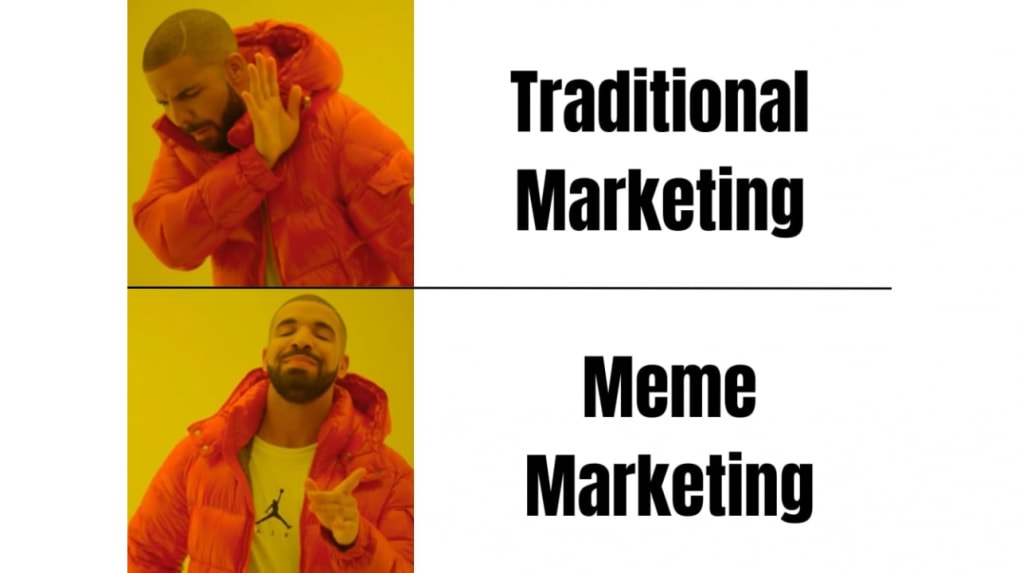Advertising
From Pink Slips to Silent Sidelining: Inside adland’s layoff and anxiety crisis

Who likes "ads"? You’re mid-scroll, mid-sip of coffee, and bam! another flashy banner telling you to buy socks or try a shoe. Scroll. Ignore.
But suddenly, there it is: a meme. It’s something you recognize like "Bhai kya kar raha hai tu" popping up at you on a Monday Blues morning. It’s a cat with a deadpan caption about taxes or appraisals at that time of year. You laugh. You relate. You share. And, surprise, it’s from a brand.
Welcome to the golden age of meme marketing, where brands trade slick slogans for snarky captions and viral GIFs. It's not just about being funny, it’s about being in on the joke.
Wait, What Is a Meme Again?
First, a quick history lesson: The word meme was coined by evolutionary biologist Richard Dawkins in 1976 to describe how ideas spread culturally, sort of like genes, but for your brain. Fast-forward to today, and memes have taken the form of sharable, snackable content: images, videos and GIFs that capture what we’re all thinking but are too tired to tweet.
Why Brands Are Betting Big on Memes
In a world where your average social media user scrolls faster than the speed of light (or at least faster than your IG algorithm can keep up), traditional ads often go ignored. Memes, on the other hand, sneak in like the class clown with perfect timing.
Here’s why meme marketing works:
? It Breaks Through the Noise People are drowning in digital ads. But memes? They feel like inside jokes. Instead of shouting “Buy now!”, memes whisper, “Hey, we get you.” And that emotional connection is marketing gold.
? It’s Built for Virality A good meme doesn’t need an ad budget, it needs relatability. Meme content gets 30% more engagement on average than your standard digital ad. Why? Because people don’t just like memes, they live by them.
? It’s Cheap (in the Best Way) No directors, drones or A-list influencers required. A meme can be made with a free design tool or a screenshot and a clever caption. Anyone can do it. But doing it well? That’s where the magic happens.
? It Speaks Gen Z and Millennial According to YPulse, 75% of millennials share memes, and 38% follow meme accounts religiously. If you're marketing to younger consumers, memes aren’t optional, they’re essential.
? It Makes Brands Feel Human Let’s be honest: most people don’t want to be besties with a brand. But when that brand slides into your feed with the perfect meme? Suddenly, it’s like texting with a funny friend. And that builds trust, and loyalty.
Brands That Meme (and Meme Well)
Netflix is basically fluent in meme. Zomato and Swiggy have mastered the “foodie humor” niche. Durex India knows how to be spicy and socially responsible. Even unexpected players, like Grammarly and Notion, have entered the chat, proving that meme magic isn’t limited to edgy brands.
Meme marketing has gone so mainstream, there are now meme agencies and in-house meme teams. Yes, that’s a real job.
Timing Is Everything
But here’s the catch: memes have the shelf life of a ripe avocado. Use them too late, and you risk looking like the grown-up trying to use teen slang. (“It’s giving... cringe,” as the kids would say.)
That’s why marketers now use tools like Know Your Meme and Google Trends, or just scroll through Instagram like it’s their full-time job (because, well, it is). Some are even building real-time meme trackers to predict the next big format before it explodes.
So, Is Meme Marketing Here to Stay?
In a word: yes. Meme marketing isn’t a passing trend, it’s a cultural shift. Especially in markets like India, where humor is a driving force in content consumption, memes are more than just entertainment. They’re strategy.
The best part? When it’s done right, people don’t even realize it’s marketing. They laugh. They share. They connect. And just like that, the brand becomes part of the conversation, not the background noise.
So next time you chuckle at a meme, check the handle. You might just be bonding with a brand. And hey, they’re probably tracking that engagement.
From purpose-driven work and narrative-rich brand films to AI-enabled ideas and creator-led collaborations, the awards reflect the full spectrum of modern creativity.
Read MoreLooking ahead to the close of 2025 and into 2026, Sorrell sees technology platforms as the clear winners. He described them as “nation states in their own right”, with market capitalisations that exceed the GDPs of many countries.